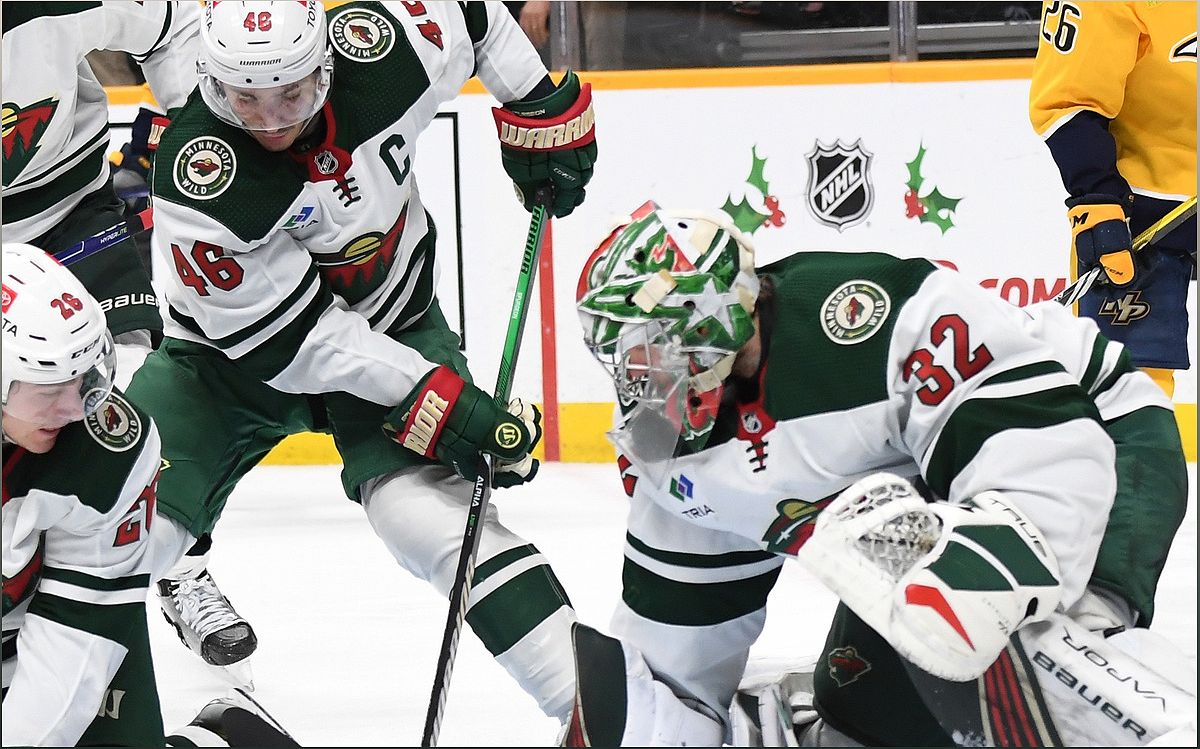The John Hynes era in Minnesota has begun with a bang as the Wild's penalty kill shows significant improvement. Under Coach Hynes, the team has made strategic adjustments that have positively impacted their performance. In this article, we explore the changes made to the penalty kill and their impact on the Wild's gameplay.
Improving the Wild's Penalty Kill Strategy
Explore the strategic adjustments made by Coach John Hynes to enhance the Minnesota Wild's penalty kill performance.
Under Coach John Hynes, the Minnesota Wild have implemented a new penalty kill strategy that has yielded impressive results. By making key adjustments, Hynes has transformed the team's approach to defending against power plays.
One significant change is the positioning of players at the blue line. Instead of stepping up at the center red line, the Wild now have all four players standing up around their own blue line. This adjustment effectively slows down zone entries and disrupts the opposition's power play setup.
Additionally, the Wild have adopted a strategy known as 'simulated pressure.' Rather than aggressively pursuing the puck carrier, players close the gap under control, creating a sense of pressure without compromising defensive positioning. This approach has proven effective in unsettling opponents and forcing turnovers.
Addressing Zone Entry Challenges
Discover how the Wild have overcome their struggles with zone entries on the penalty kill.
One of the major issues the Wild faced earlier in the season was allowing opposing teams to easily enter the offensive zone and set up their power play. However, under Coach Hynes, the team has made significant improvements in this area.
By adjusting their neutral zone pressure and adopting a more conservative approach, the Wild have successfully limited zone entries. Players now focus on disrupting passing lanes and forcing turnovers at the blue line, preventing opponents from gaining easy access to the offensive zone.
This adjustment has had a significant impact on the team's penalty kill success, as it reduces the amount of time spent defending in their own zone and allows for quicker transitions to offense.
Balancing Aggression and Defensive Stability
Learn how Coach Hynes has found the perfect balance between aggression and defensive stability on the penalty kill.
One of the challenges in penalty kill strategies is finding the right balance between aggressive play and maintaining defensive stability. Coach Hynes has successfully achieved this balance, resulting in an improved penalty kill for the Wild.
Instead of overly aggressive pressure that left gaps in the defense, the Wild now employ a controlled aggression approach. Players apply pressure strategically, closing gaps and making opponents uncomfortable without compromising their defensive positioning.
This approach, known as 'simulated pressure,' has been effective in disrupting the opposition's power play setup and creating turnovers. It allows the Wild to maintain defensive stability while still applying enough pressure to keep opponents on their toes.
The Impact of Goaltending
Explore the crucial role of goaltending in the Wild's improved penalty kill performance.
While the strategic adjustments made by Coach Hynes have played a significant role in the Wild's improved penalty kill, the exceptional performance of their goaltender cannot be overlooked.
With a remarkable 95% save percentage in the first two games under Hynes, the goaltender has been a key factor in the team's success. Solid goaltending provides a strong foundation for the penalty kill, instilling confidence in the entire team and allowing them to play more aggressively.
The combination of strategic adjustments and outstanding goaltending has resulted in a penalty kill that is now resembling that of an NHL-level competent unit.

